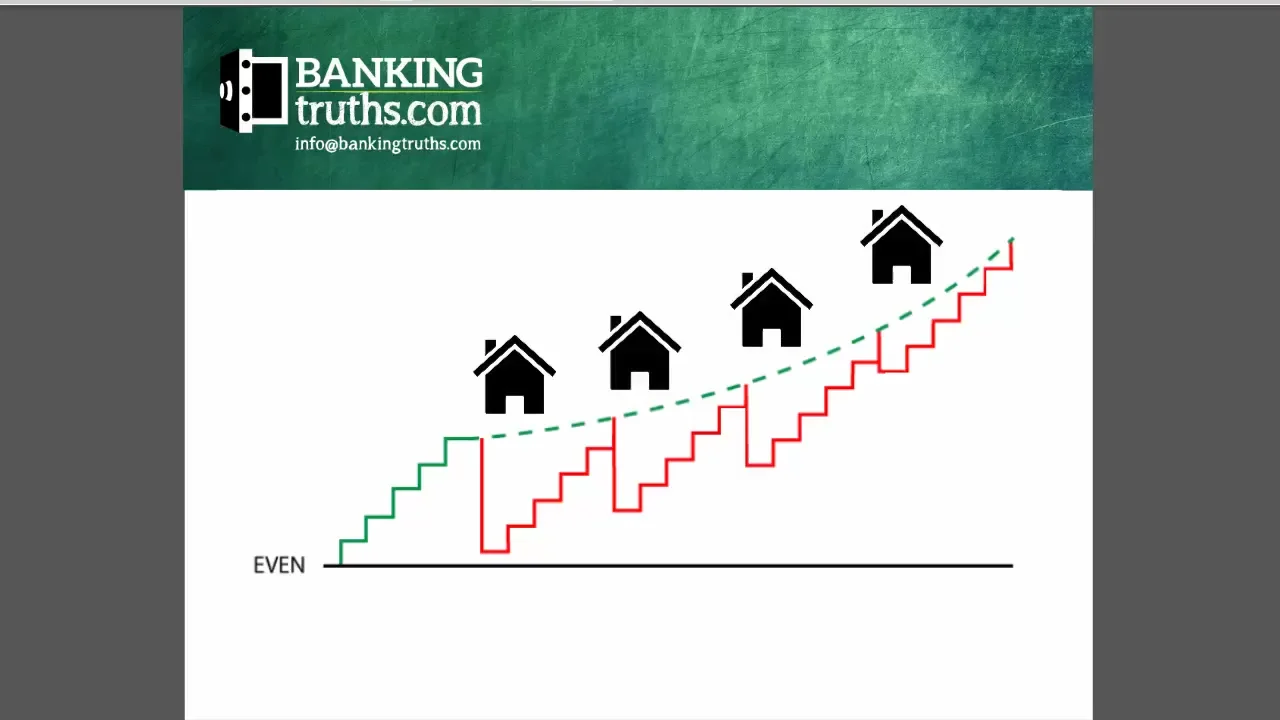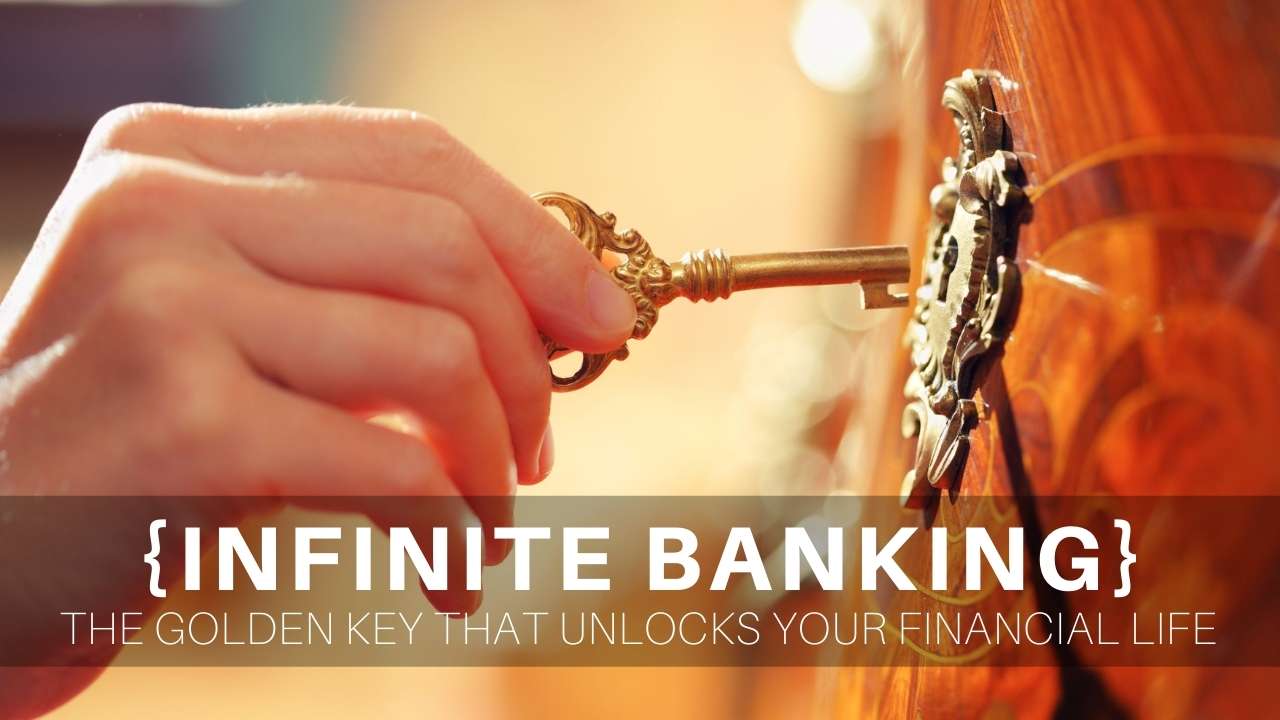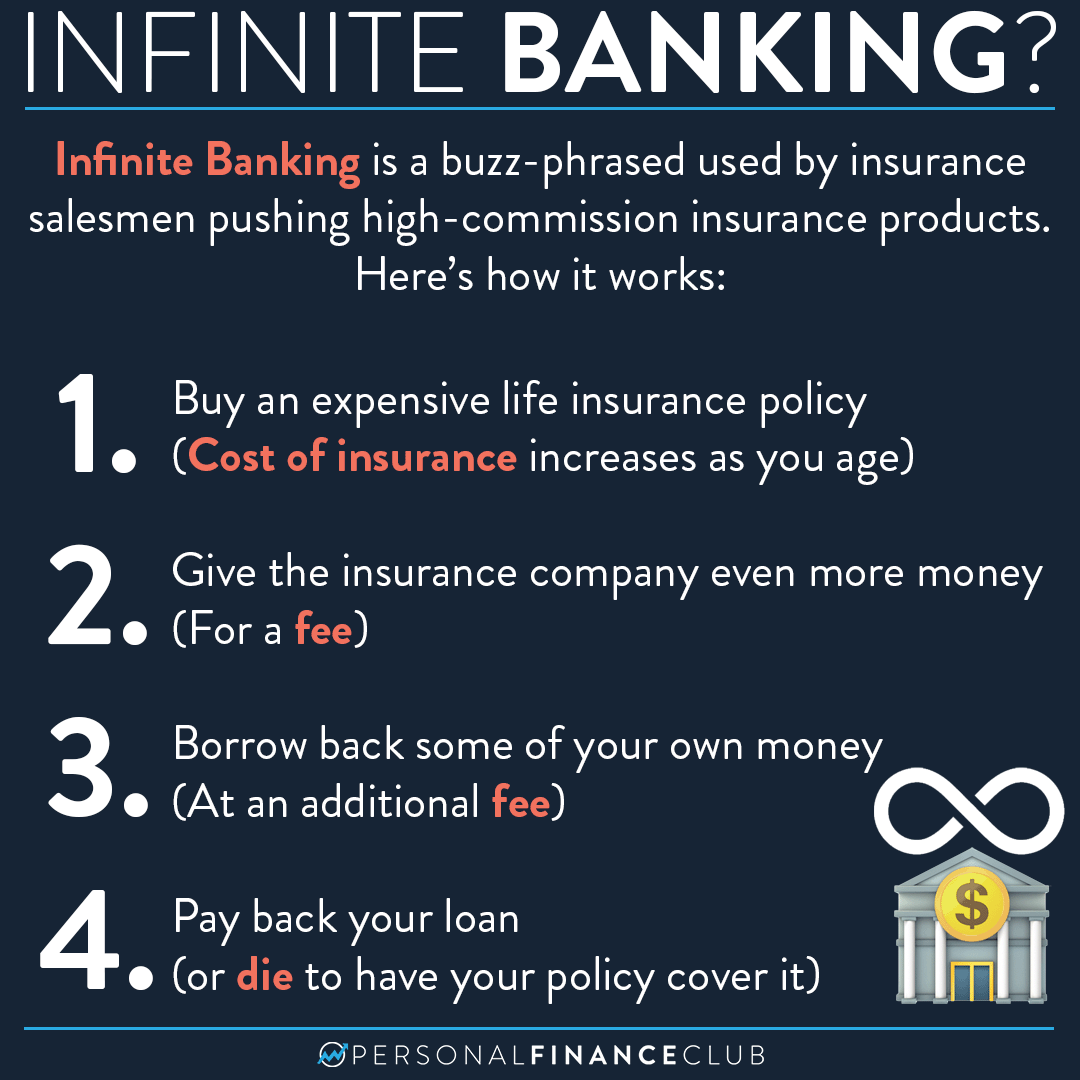All Categories
Featured
Table of Contents
The downsides of infinite financial are often forgotten or not discussed in any way (much of the information available about this idea is from insurance agents, which may be a little prejudiced). Just the money value is growing at the reward rate. You likewise need to pay for the price of insurance, costs, and expenses.

Every irreversible life insurance coverage plan is various, but it's clear somebody's general return on every dollar invested on an insurance coverage item can not be anywhere close to the returns price for the plan.
Infinite Banking Toolkit
To provide a very standard and hypothetical instance, let's think somebody is able to gain 3%, on standard, for every single dollar they spend on an "unlimited financial" insurance product (after all expenses and fees). This is double the estimated return of whole life insurance policy from Consumer Information of 1.5%. If we presume those dollars would be subject to 50% in taxes amount to otherwise in the insurance product, the tax-adjusted price of return could be 4.5%.

We assume greater than ordinary returns on the entire life product and a really high tax obligation price on dollars not take into the plan (which makes the insurance coverage item look far better). The truth for several individuals may be worse. This pales in contrast to the long-term return of the S&P 500 of over 10%.
Unlimited financial is a terrific item for agents that sell insurance coverage, yet might not be ideal when contrasted to the less expensive choices (with no sales people making fat payments). Below's a failure of a few of the various other purported advantages of boundless banking and why they might not be all they're gone crazy to be.
Infinite Banking Example
At the end of the day you are acquiring an insurance product. We like the security that insurance provides, which can be gotten a lot less expensively from a low-priced term life insurance policy plan. Unpaid loans from the policy might additionally reduce your death advantage, reducing another level of protection in the plan.
The idea just functions when you not just pay the considerable premiums, yet make use of additional money to purchase paid-up enhancements. The opportunity price of all of those dollars is remarkable extremely so when you could instead be buying a Roth IRA, HSA, or 401(k). Also when contrasted to a taxed financial investment account and even a cost savings account, boundless financial might not supply equivalent returns (contrasted to investing) and comparable liquidity, gain access to, and low/no cost structure (contrasted to a high-yield financial savings account).
With the rise of TikTok as an information-sharing platform, economic guidance and strategies have actually located a novel way of spreading. One such approach that has been making the rounds is the unlimited banking idea, or IBC for brief, garnering endorsements from stars like rap artist Waka Flocka Flame. However, while the technique is currently popular, its roots trace back to the 1980s when economic expert Nelson Nash introduced it to the world.

Within these policies, the cash value grows based on a price set by the insurance company. Once a significant cash value gathers, insurance holders can obtain a cash money worth car loan. These car loans differ from traditional ones, with life insurance acting as security, implying one can lose their insurance coverage if borrowing excessively without ample cash value to sustain the insurance costs.
Can You Be Your Own Bank
And while the allure of these policies appears, there are natural constraints and risks, requiring attentive cash value tracking. The technique's legitimacy isn't black and white. For high-net-worth people or local business owner, specifically those utilizing strategies like company-owned life insurance (COLI), the benefits of tax breaks and substance development can be appealing.
The allure of boundless banking does not negate its obstacles: Expense: The fundamental demand, a long-term life insurance policy policy, is more expensive than its term equivalents. Qualification: Not everybody gets approved for whole life insurance coverage as a result of extensive underwriting processes that can exclude those with certain wellness or lifestyle conditions. Intricacy and risk: The elaborate nature of IBC, coupled with its risks, may discourage many, specifically when less complex and less dangerous choices are readily available.

Allocating around 10% of your monthly earnings to the plan is just not feasible for the majority of people. Part of what you check out below is simply a reiteration of what has currently been said above.
So before you get on your own right into a scenario you're not planned for, understand the following initially: Although the idea is frequently marketed therefore, you're not in fact taking a financing from on your own - infinite banking software. If that were the instance, you wouldn't have to repay it. Instead, you're borrowing from the insurance company and have to repay it with interest
How To Become Your Own Bank With Life Insurance
Some social media posts recommend utilizing cash money worth from whole life insurance policy to pay down credit card financial obligation. The concept is that when you pay off the financing with rate of interest, the quantity will be sent back to your financial investments. Unfortunately, that's not how it functions. When you repay the car loan, a section of that interest goes to the insurance provider.
For the very first numerous years, you'll be settling the commission. This makes it incredibly challenging for your plan to build up worth throughout this time. Whole life insurance policy costs 5 to 15 times more than term insurance policy. Many people just can not manage it. Unless you can pay for to pay a couple of to numerous hundred dollars for the following decade or even more, IBC will not function for you.
If you need life insurance policy, below are some beneficial suggestions to take into consideration: Consider term life insurance. Make sure to go shopping about for the finest price.

Boundless financial is not a product and services used by a specific institution. Infinite banking is a method in which you get a life insurance policy plan that collects interest-earning money value and take out fundings against it, "borrowing from yourself" as a resource of resources. Eventually pay back the loan and start the cycle all over once more.
Pay policy costs, a section of which develops money worth. Cash money worth earns compounding interest. Take a car loan out versus the policy's cash money value, tax-free. Repay fundings with rate of interest. Cash money value builds up again, and the cycle repeats. If you utilize this principle as planned, you're taking money out of your life insurance policy plan to purchase everything you 'd need for the remainder of your life.
Latest Posts
My Own Bank
Bank On Yourself Review Feedback
How To Become Your Own Bank And Build Wealth With ...